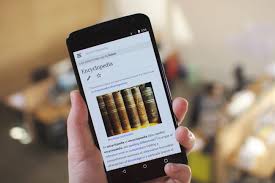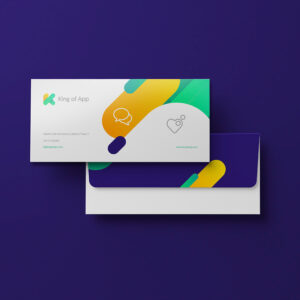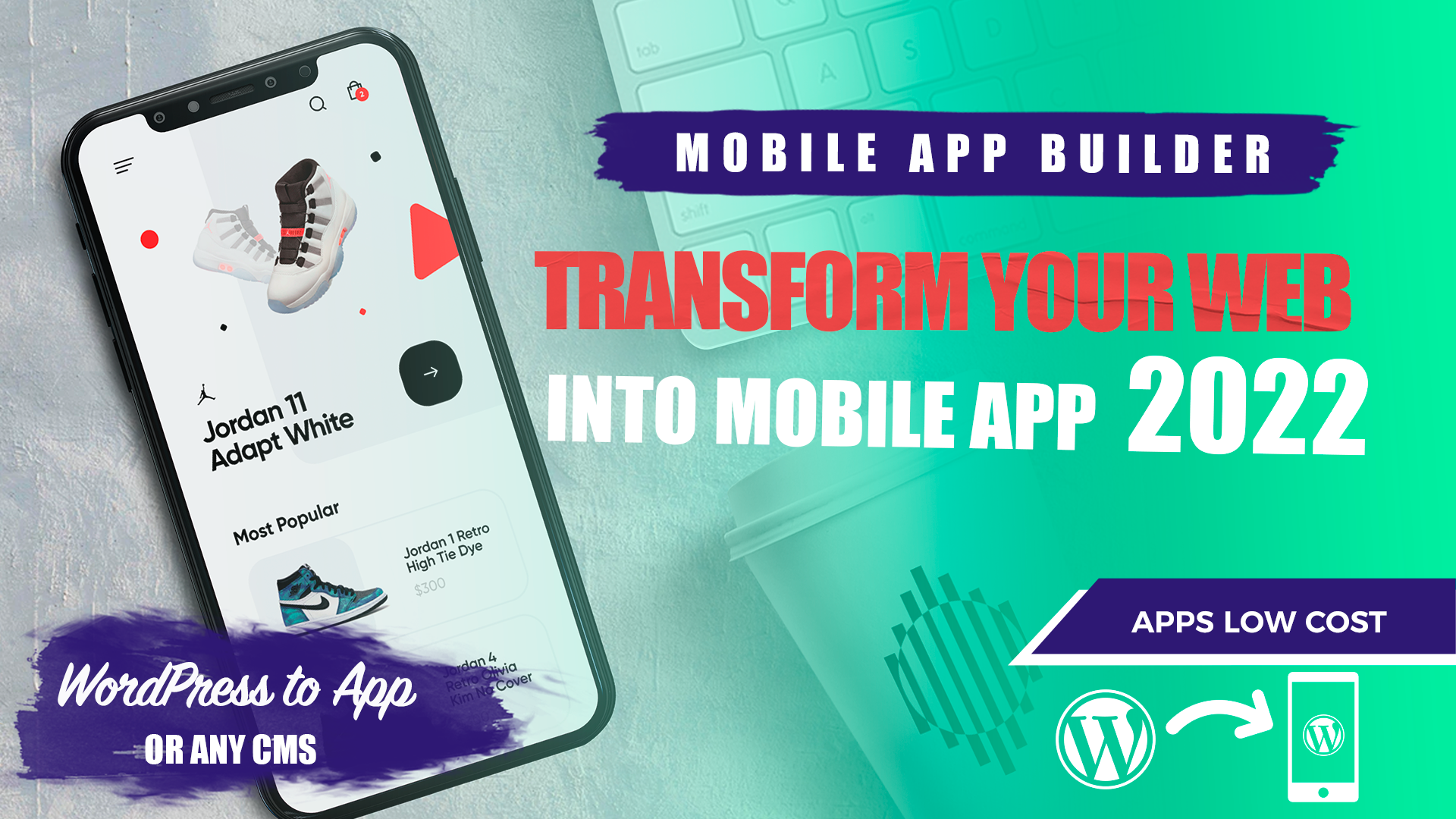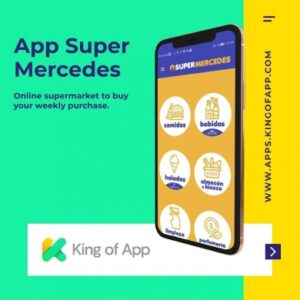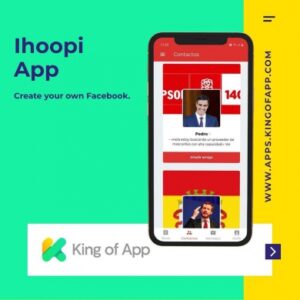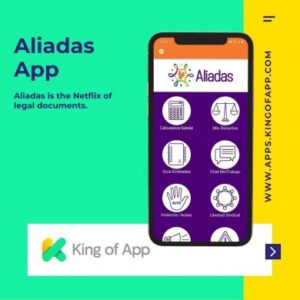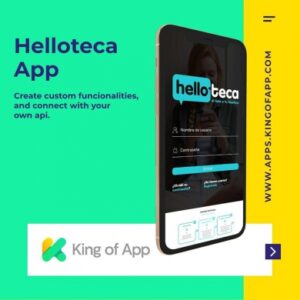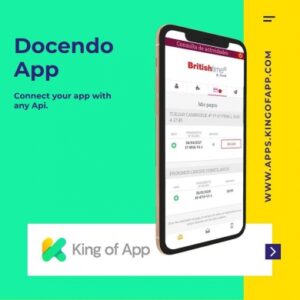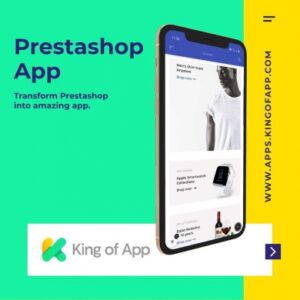Let’s say you’ve finally built a mobile app, and you want to attract customers to it. One of the largest problems with an initial application is to gain enough traction and user retention to make the cost of building one worthwhile.
In fact, according to research done by Appboy, fewer than 25% of initial users use the app the following day, and drops to 11% by the end of one week. These odds are hard to beat, but here are a few tricks that might help you stack the cards to your favor:1. Measure:
If there is something to help with your long term retention, it will help to understand who exactly is using your app, who is leaving after their first use and what kind of demographics are adopting your app. Why did they stop using it? Did they get frustrated with a glitch? Was there an error in the application or explanation? Was the user interface confusing or overwhelming? Understanding why the users are being turned off from using the app is important, and one quick tool that helps with this process that might be worth trying is flurry.2. First Time User Experience (FTUE):
It goes without saying that this is a vital part of keeping users engaged to a platform. When more than 75% of users don’t use an app the next day after they have downloaded it, it is important to make sure that their first impression is good. Instead of focusing on making an application to do multiple functions, make sure that the user interface is very intuitive and keep the design simple. The last thing that a developer wants to do is overwhelm their user with too much information, which can be confusing and frustrating for the user who most likely wants to do one or two particular things with the app. In this sense, the primary reason for the app should be allowing easy access to its main function, and leave the other features on the sideline or for exploration once the user becomes more comfortable while using it. Right now what is trending is the slideshow explanation, where first time users receive a mini slideshow to swipe and learn about the app. Some have even created videos to explain the usage, but it should be noted that some form of guide or walkthrough will help explain it better, increasing the user knowledge from the get-go.3. Updates
Some years ago the app store used to look like this:
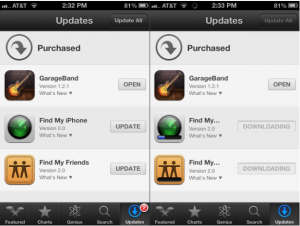 Back when it came out it was in style, but now looking back everything looks a lot blurrier as if the application will run slower. Moreover, an app that looks outdated looks insecure if it is an eCommerce platform or a place where you have to put in personal information.
Users think the same way, too. No one wants to use an old or glitchy application because it shouts to the user that the developer has forgotten about them. If they feel like they are neglected and are not receiving the best services, they do not want to invest into yours and will use another tool, or even worse, a competitor’s app to continue with what they need to do.
Back when it came out it was in style, but now looking back everything looks a lot blurrier as if the application will run slower. Moreover, an app that looks outdated looks insecure if it is an eCommerce platform or a place where you have to put in personal information.
Users think the same way, too. No one wants to use an old or glitchy application because it shouts to the user that the developer has forgotten about them. If they feel like they are neglected and are not receiving the best services, they do not want to invest into yours and will use another tool, or even worse, a competitor’s app to continue with what they need to do.
4. Push Notifications
These are the notifications that users receive on the front of their lock screen, even if the app is not in use. This could include anything from a certain event that might be happening, remind them to complete their last action, or a notification of a new update that will improve the app. Having these features can increase the user engagement, and after analyzing more than 39 million mobile users, Kahuna, a mobile marketing provider, has realized that push notifications double the retention with users after 30, 60, and 90 days after the app is downloaded. When most people would give up, this technique may be the best way low cost high performance way to maintain a consistent influx of users.